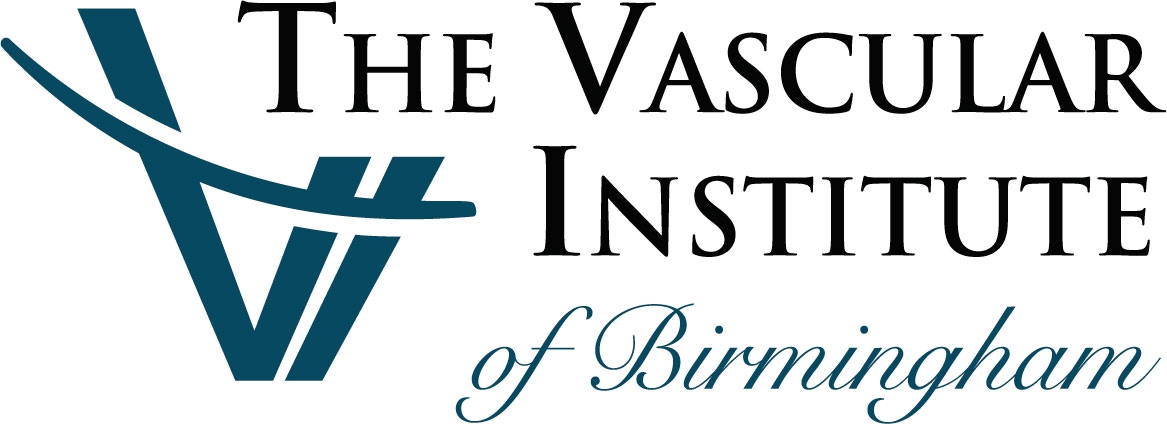Overview:
Failure of the one-way valves in the veins allows blood to lead backwards causing congestion and enlargement of the vessel. This failure may occur in individual veins themselves; however in approximately 70% of cases saphenous reflux in present. This vein must be treated as well for successful vein treatment.
Spider veins and varicose veins are at times mistake for one another.
Varicose veins are enlarged veins that appear twisted and bulging. They are usually swollen and distended past the skin’s surface. Varicose veins may appear as bluish bumps and cause varying degrees of discomfort.
Spider veins are tiny visible vessels within the skin. They most commonly develop on the face and legs.
Contributing Factors:
Contributing factors may include heredity, pregnancy, hormonal changes, being overweight, standing or sitting for long periods of time, advancing age or injury to the vein.
Symptoms:
- An achy or heavy feeling in your legs
- Burning, throbbing, muscle cramping and swelling in your lower legs
- Worsened pain after sitting or standing for a long time
- Itching around one or more of your veins
- Skin discoloration around a varicose vein
Risk Factors:
- Age. The risk of varicose veins increases with age. Aging causes wear and tear on the valves in your veins that help regulate blood flow. Eventually, that wear causes the valves to allow some blood to flow back into your veins where it collects instead of flowing up to your heart.
- Sex. Women are more likely to develop the condition. Hormonal changes during pregnancy, premenstruation or menopause may be a factor because female hormones tend to relax vein walls. Hormone treatments, such as birth control pills, may increase your risk of varicose veins.
- Pregnancy. During pregnancy, the volume of blood in your body increases. This change supports the growing fetus, but also can produce an unfortunate side effect — enlarged veins in your legs. Hormonal changes during pregnancy may also play a role.
- Family history. If other family members had varicose veins, there’s a greater chance you will too.
- Obesity. Being overweight puts added pressure on your veins.
- Standing or sitting for long periods of time. Your blood doesn’t flow as well if you’re in the same position for long periods.
How To Reduce Your Risk:
- Exercising
- Watching your weight
- Eating a high-fiber, low-salt diet
- Avoiding high heels and tight hosiery
- Elevating your legs
- Changing your sitting or standing position regularly
